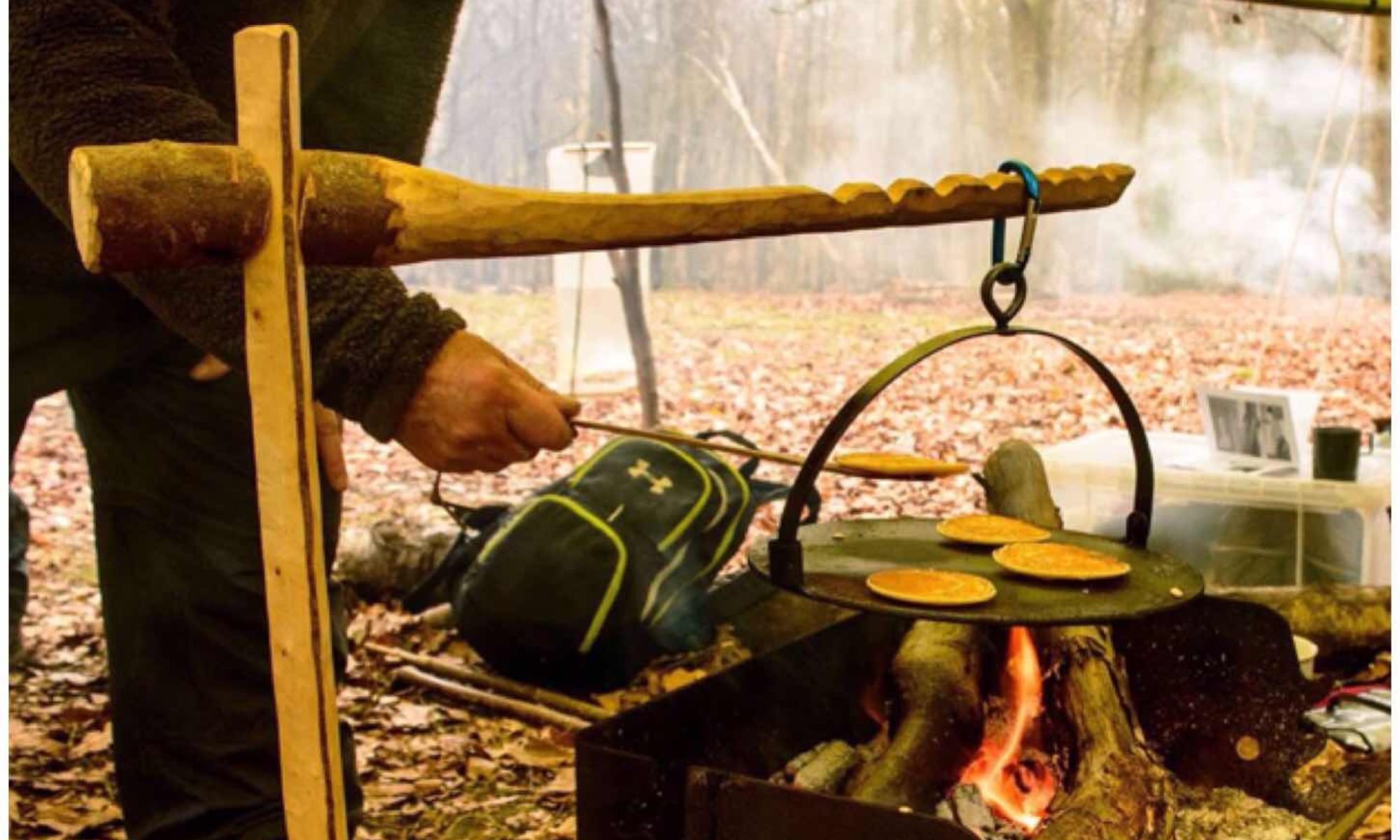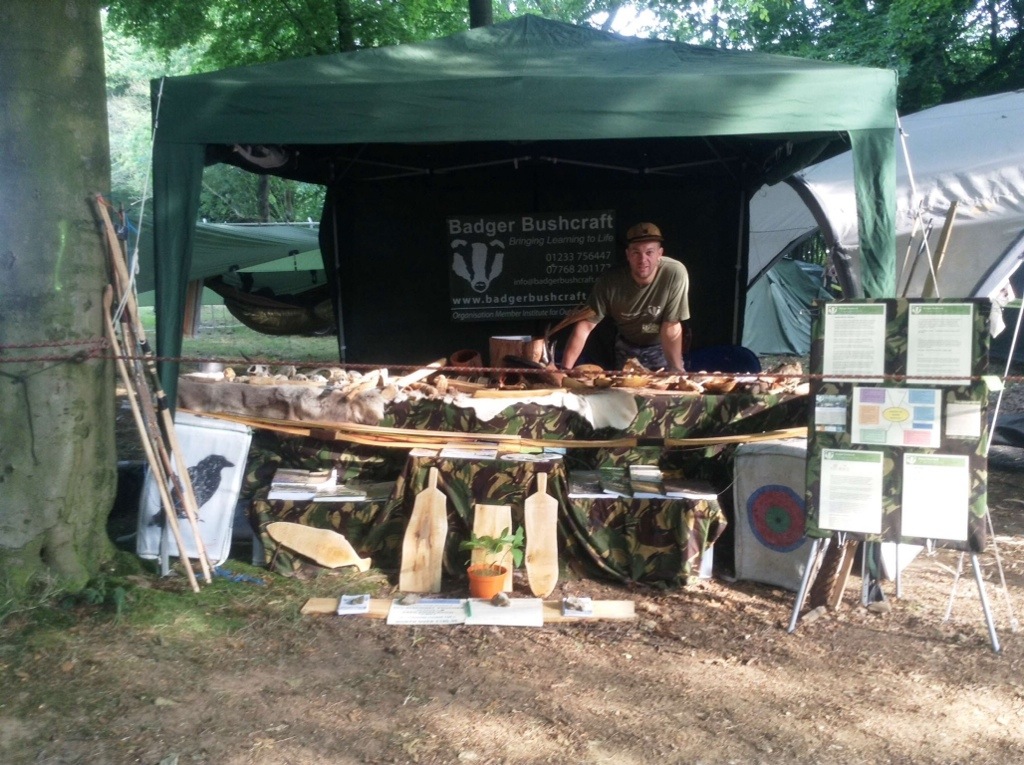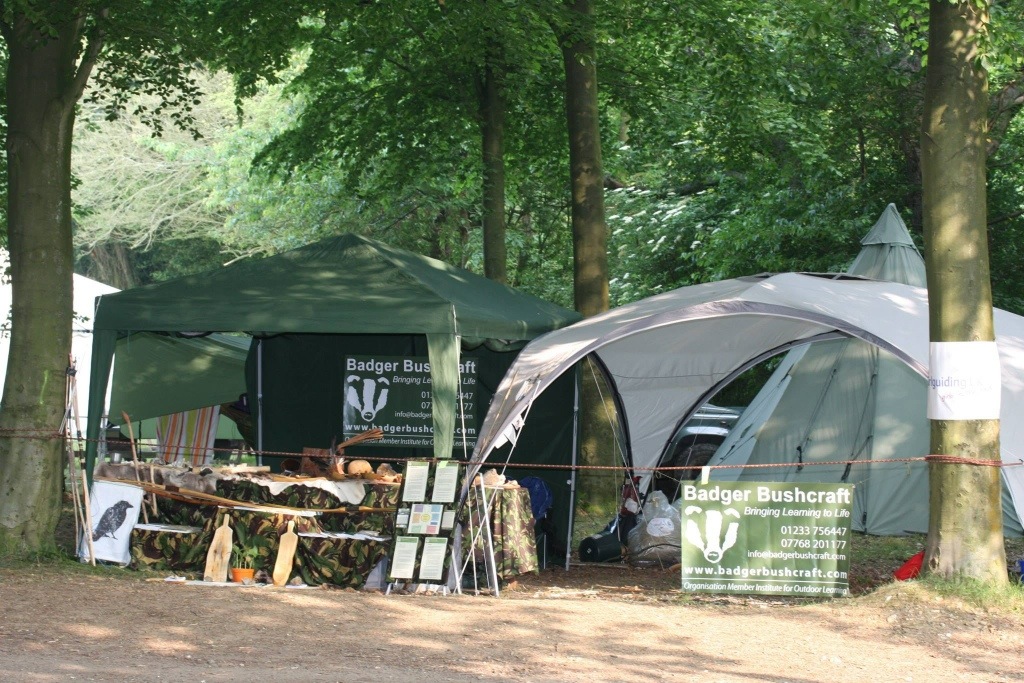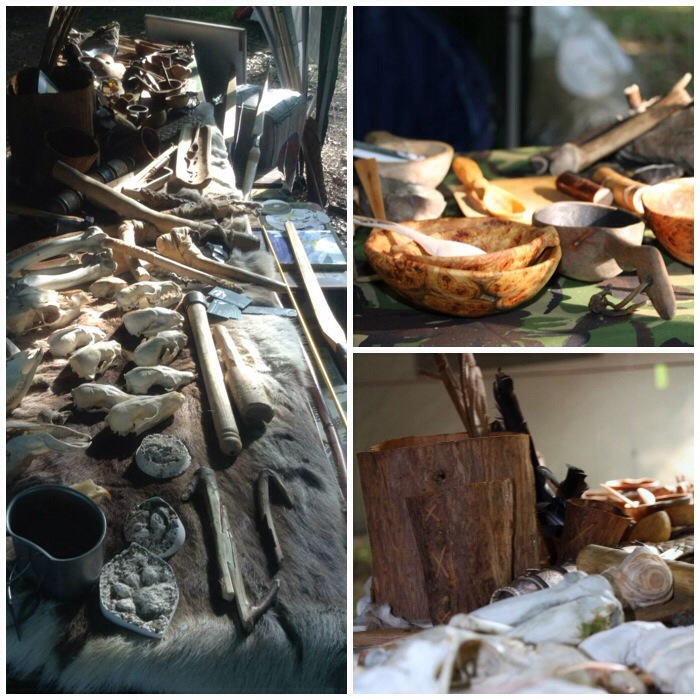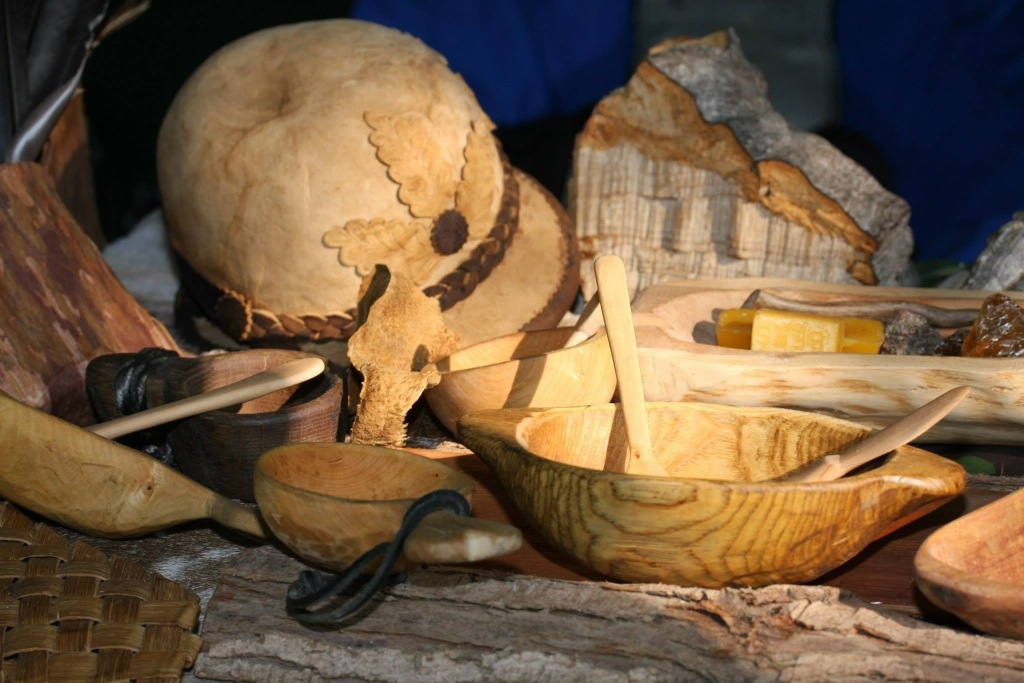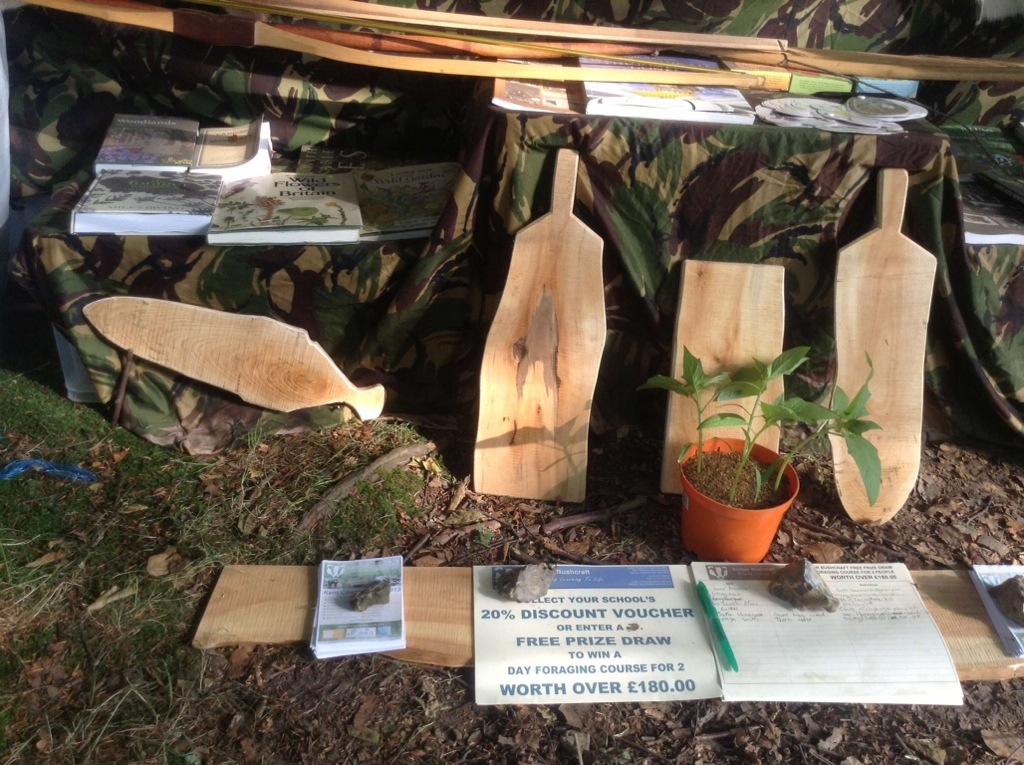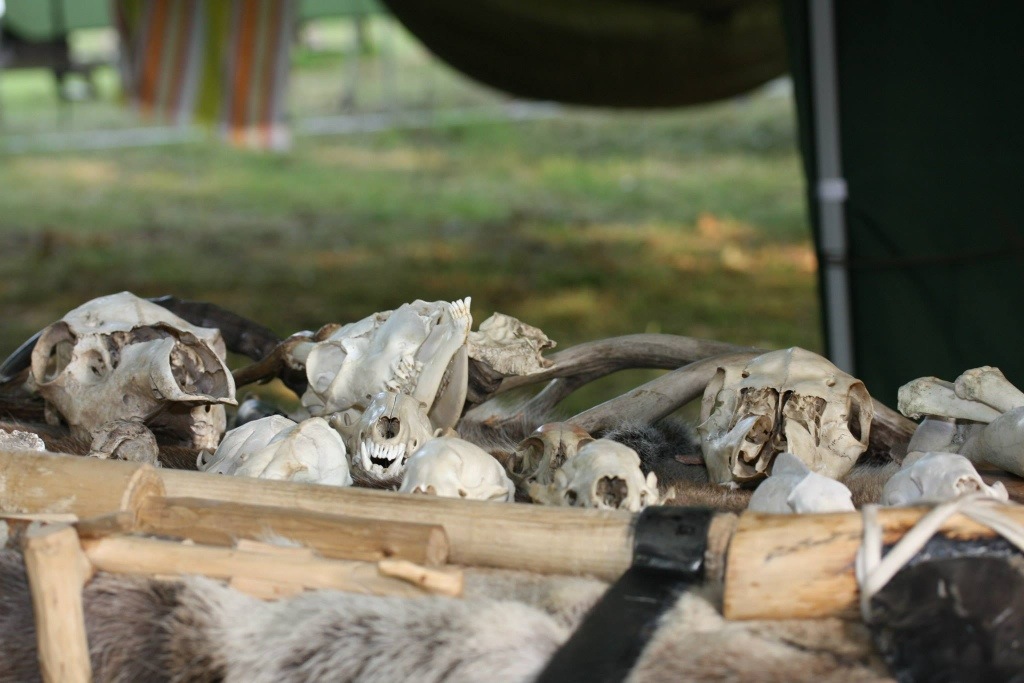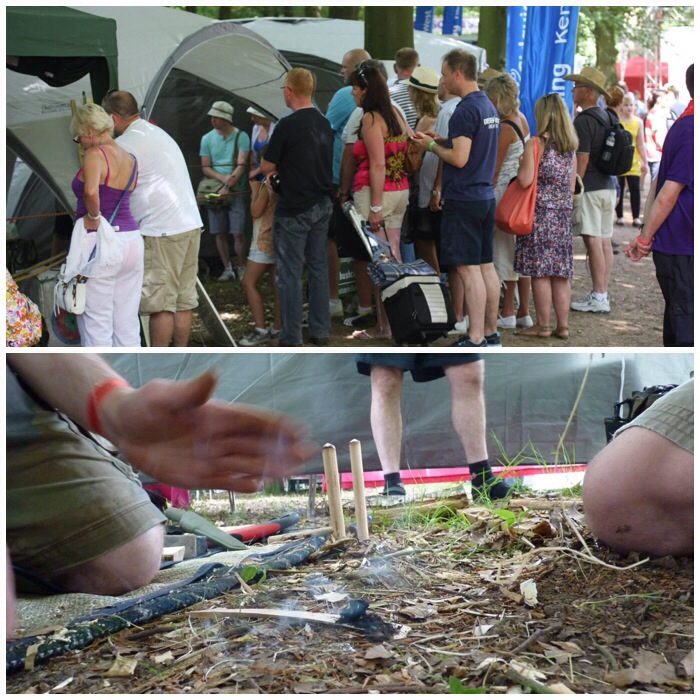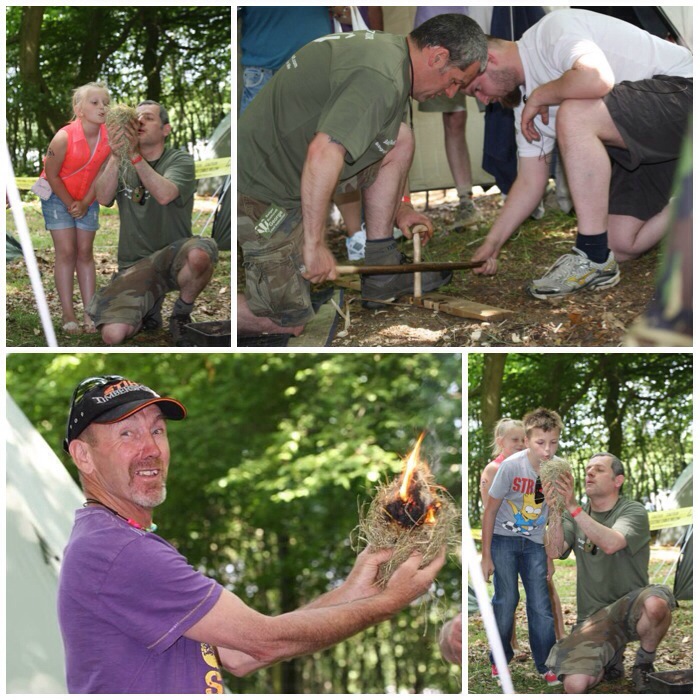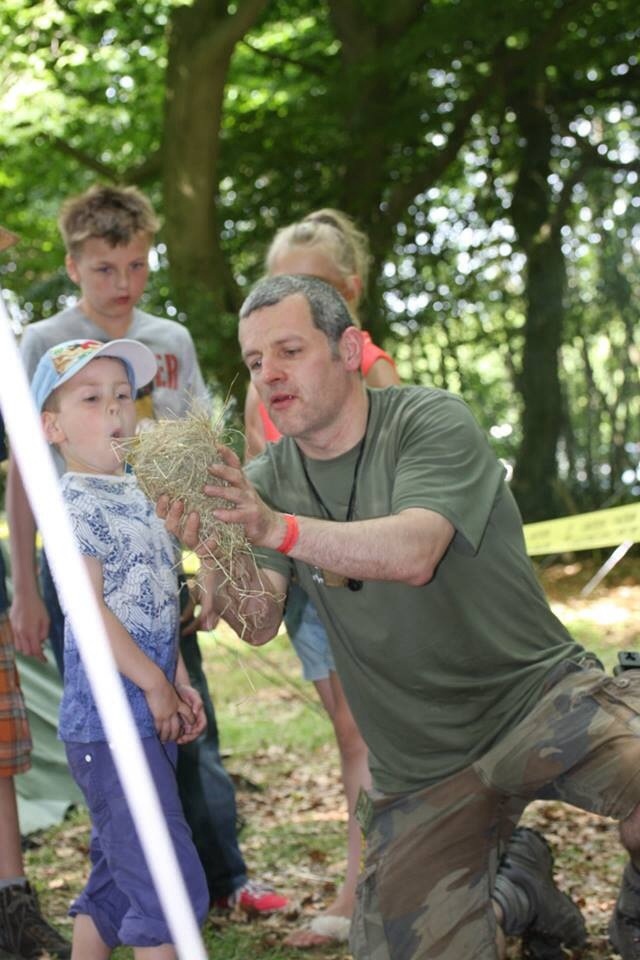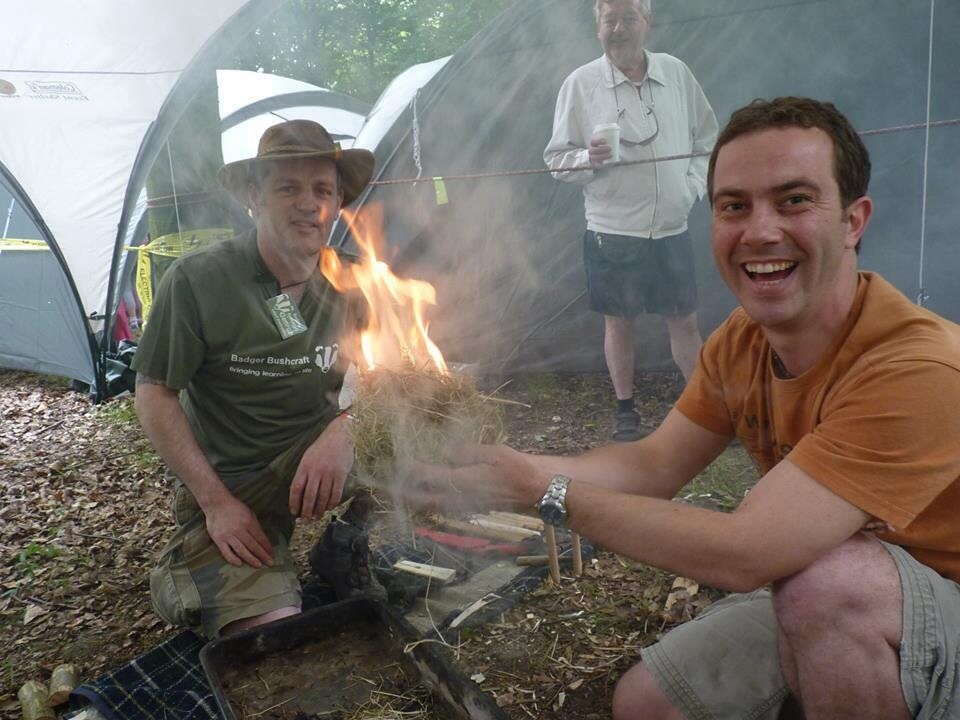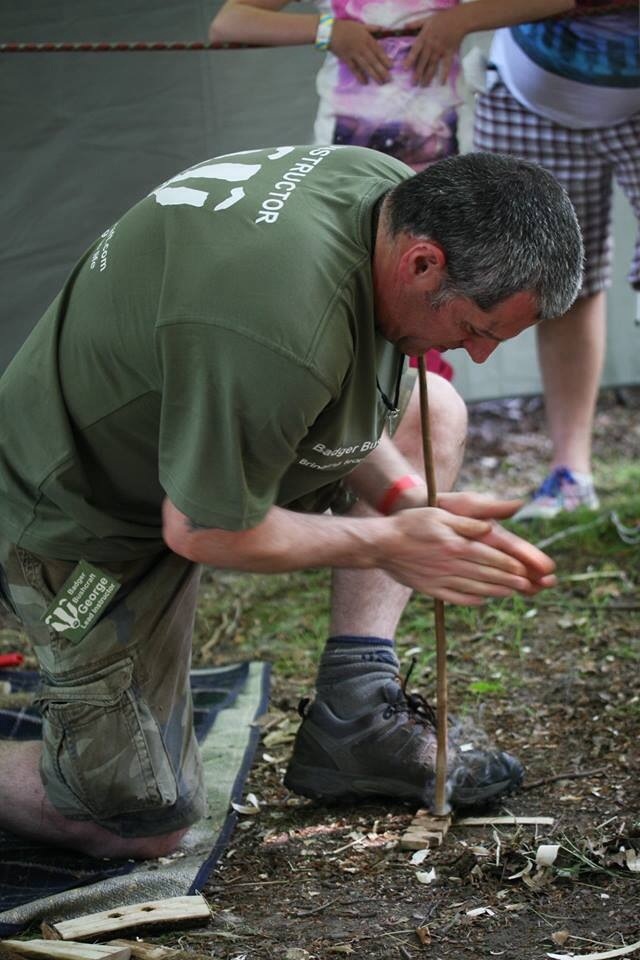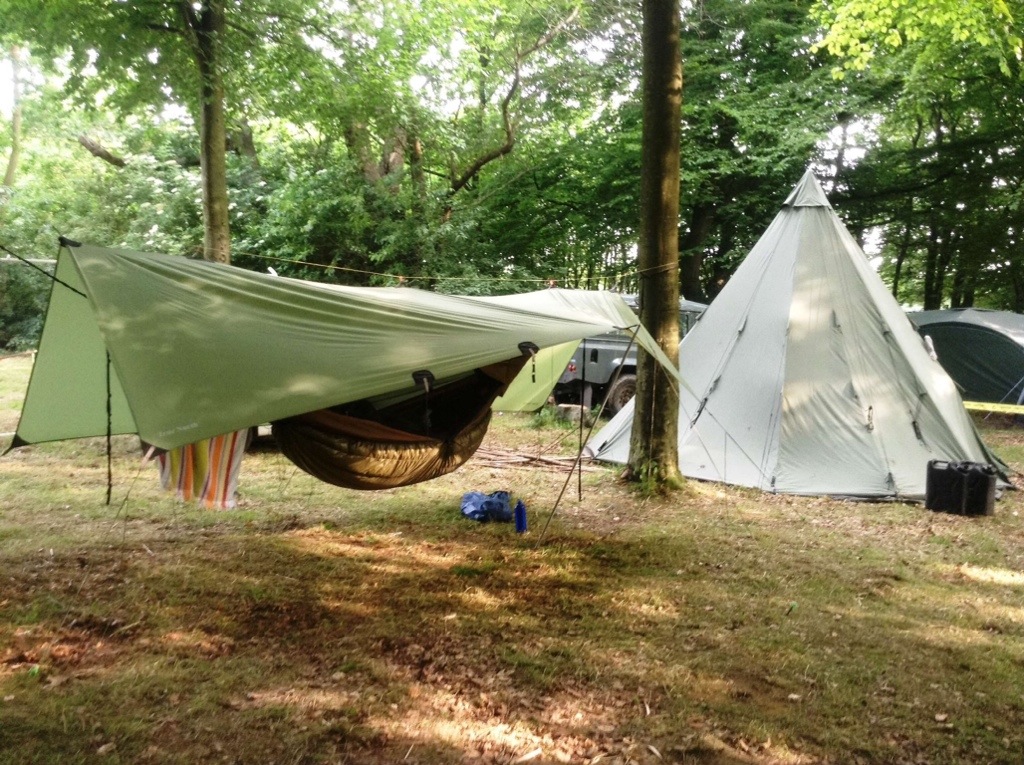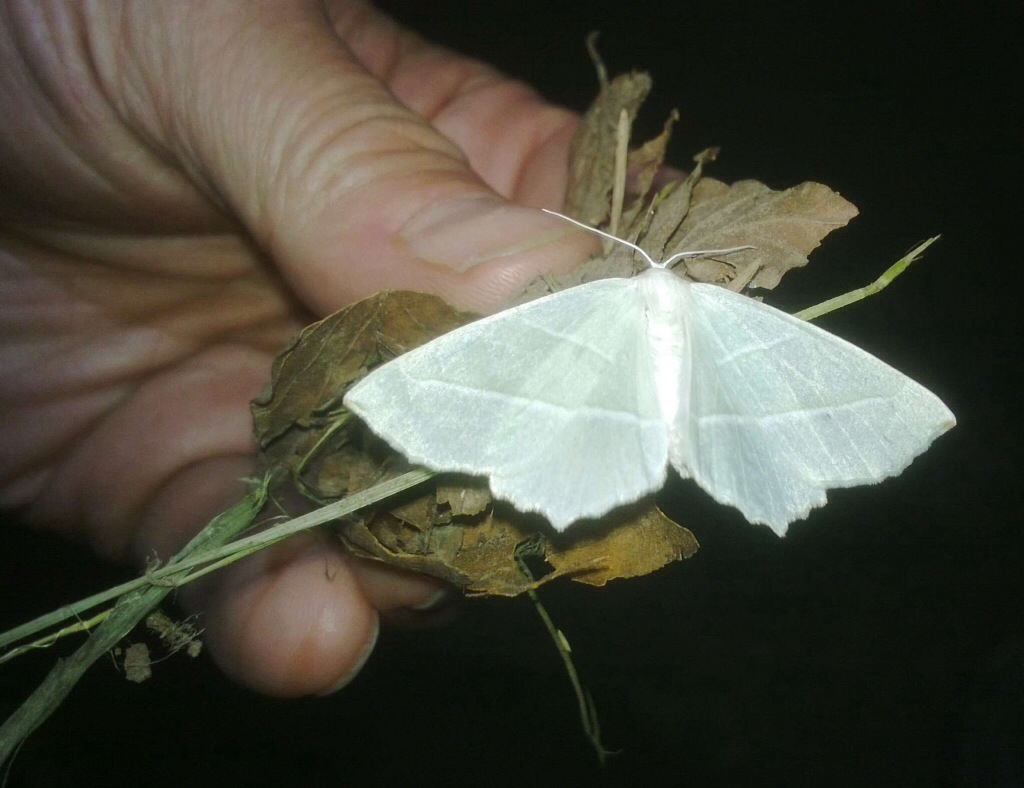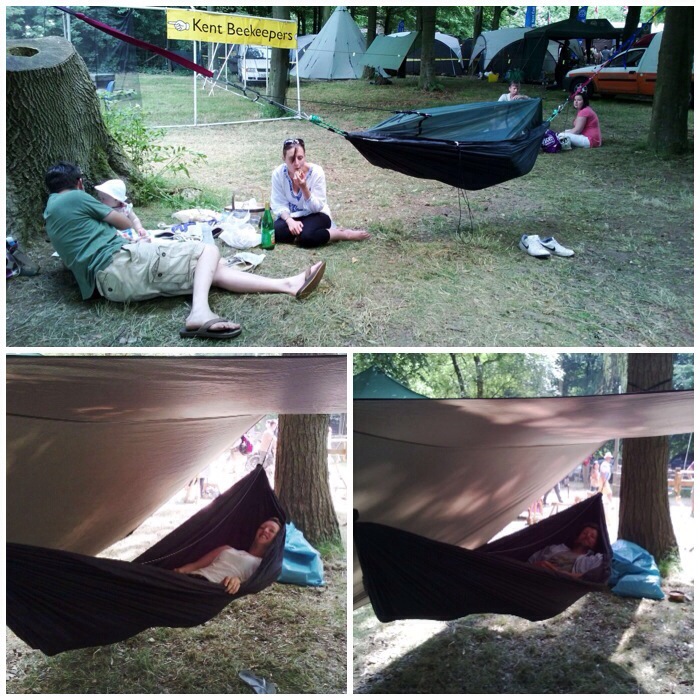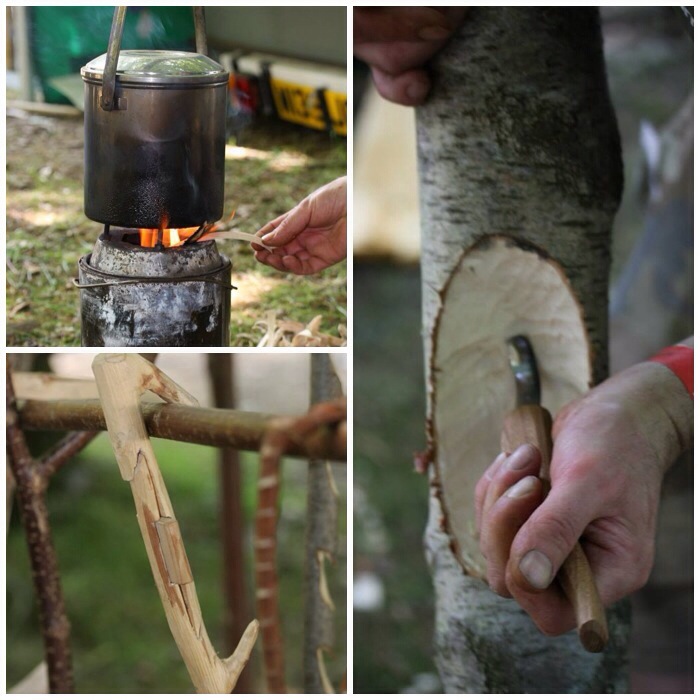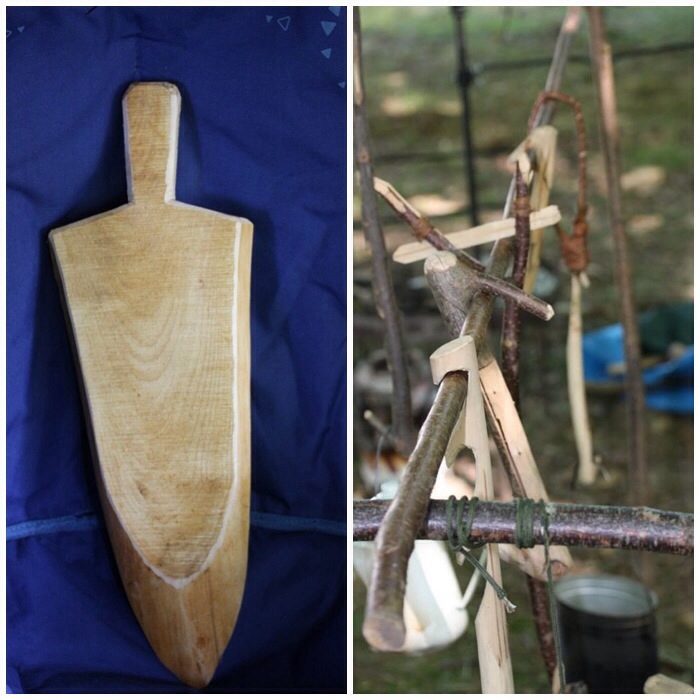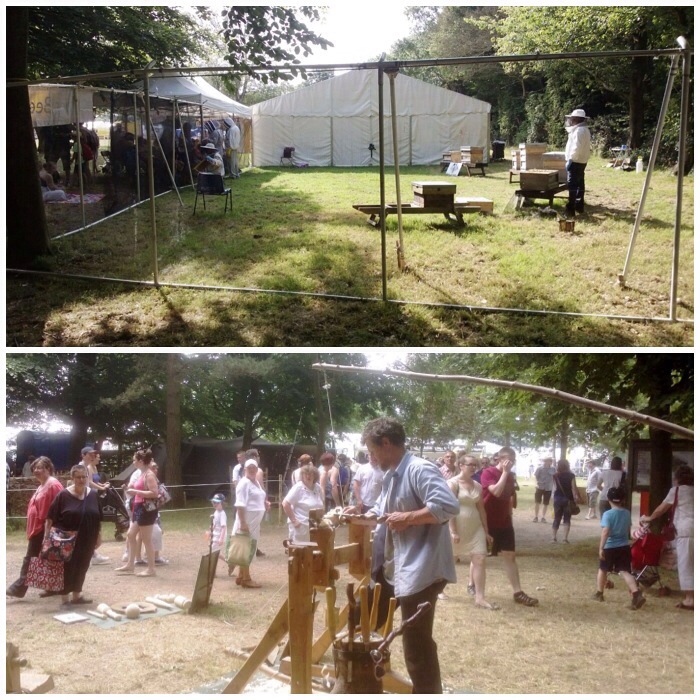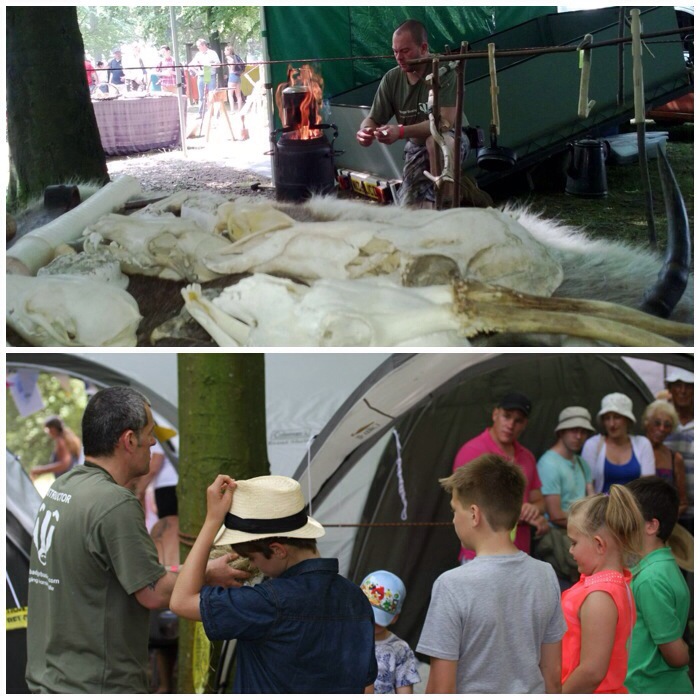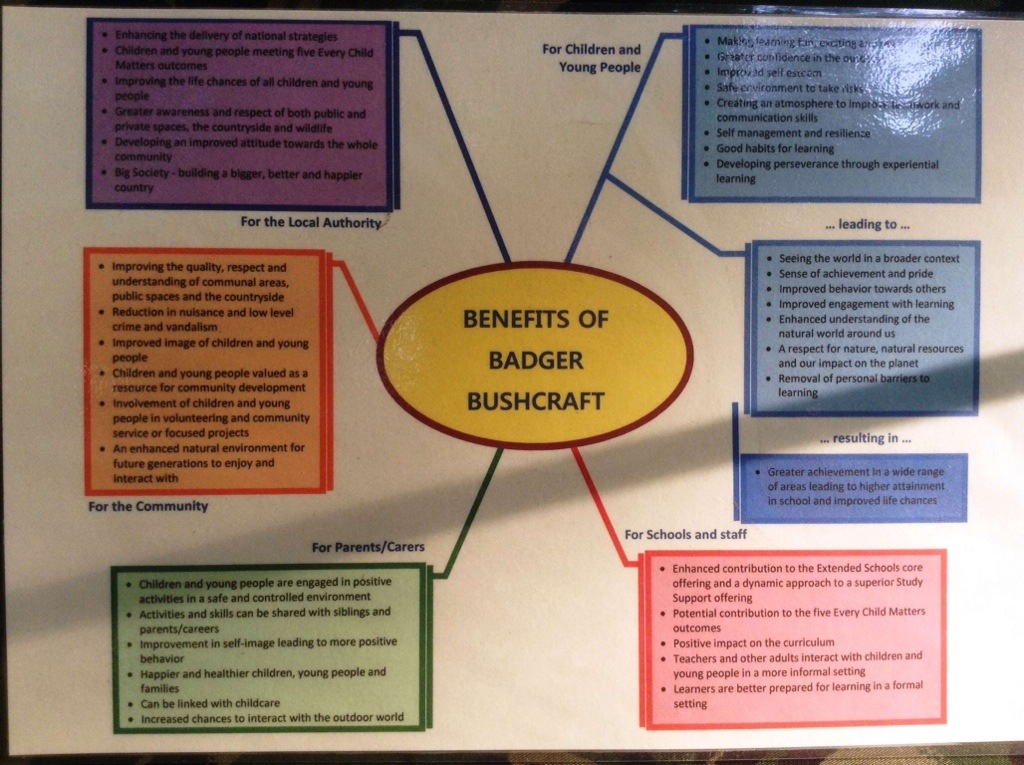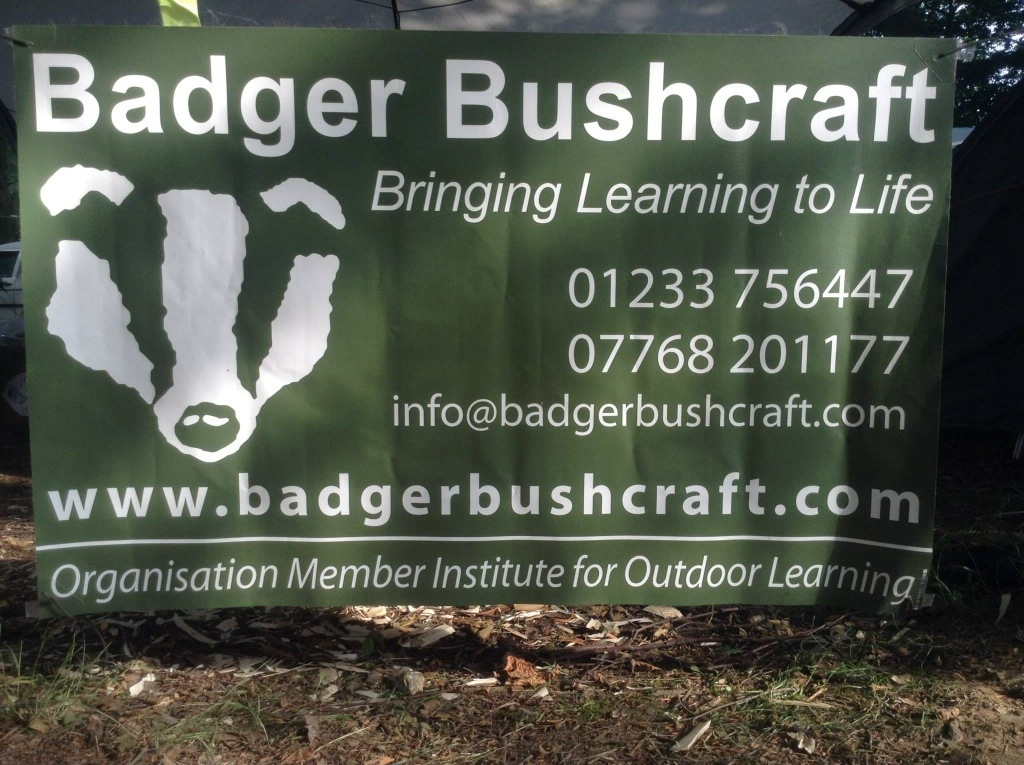a stark reminder of a very different time
I made two trips to the Isle of Lewis in Scotland this May: the first time to attend my gran’s funeral and the second time to spend a week there on holiday with my family. The island has beautiful beaches, rocky coves, stunning moorland but also some of the most useful and beautiful plants a bushcrafter or forager would want.
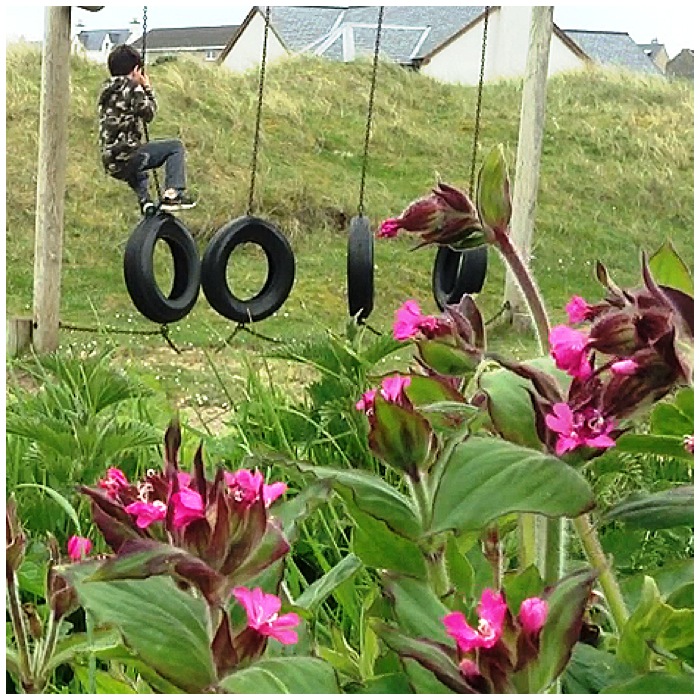
I was initially struck by some of the flowers I spotted in my sister Tina’s garden. The bluebell is very common where I live now in the south of England but not so much on the island. I have used bluebell sap to help attach feathers to arrow shafts as flights (seemingly a common practice up until the Middle Ages) and I have heard that the Elizabethans used it as an early paper glue.
The red campion was growing right beside the bluebells and this again has many uses historically. The roots contain saponins which are great for making a form of soap. Great for washing clothes but not for the fish – the soap was also used in the past to paralyse fish so making for easier fishing.
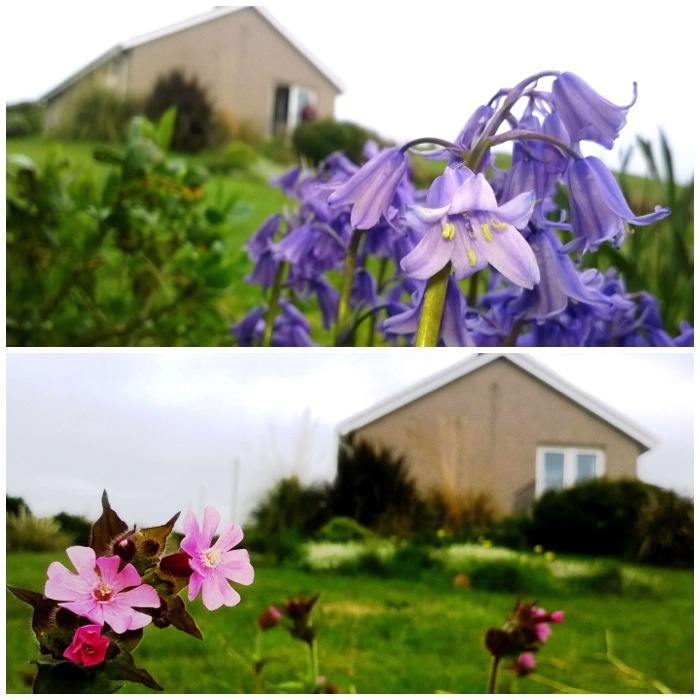
The beautiful pink flower in the top picture is dame’s rocket and the lower flower is common scurvy grass. Both of these are high in vitamin C and both were used in the past to ward off scurvy.
Dame’s rocket is a member of the mustard family and the flowers are edible, making them great for salads. The common scurvy grass is also edible as well as being medicinally important and the leaves were often used in sandwiches prior to the popularity of watercress.

The lady’s smock (or cuckoo flower) can make for a majestic and striking picture. Sometimes I see this flower growing and think it looks lonely; it really is one of these taller flowers that can withstand some pretty harsh environments.
This was another edible high in vitamin C that was used historically to treat scurvy but also makes for a spicy addition to a salad. The flower in folklore has received a lot of bad press – it has been associated with bad luck and the evil eye so was thought to be best left outside the house (we are a superstitious lot, us Scots).
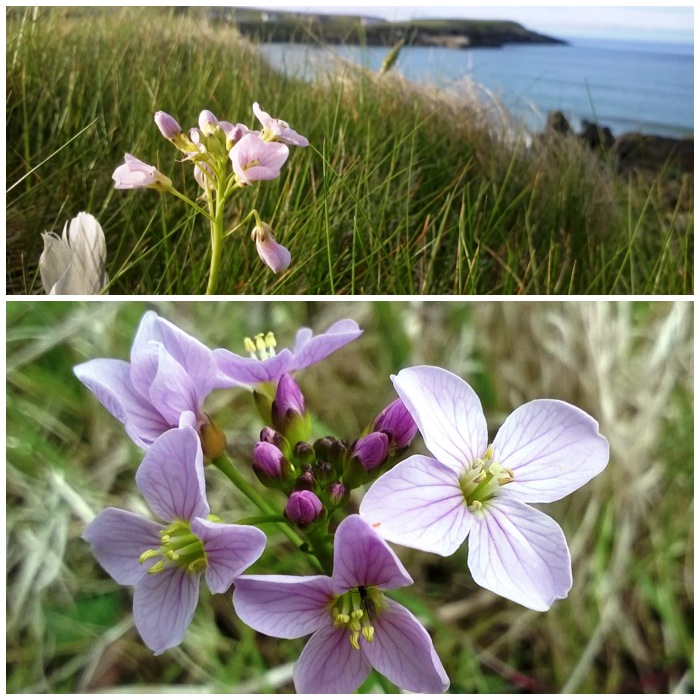
Who would have thought that this delicate little plant called thrift could be so tough and beautiful at the same time? The stalks of this tiny plant were commonly used in the past for basketry. On an island where plants do not grow very tall due to the wind basket weavers would use whatever material came to hand and the stalks of thrift, although short, are strong and flexible.
Up to the 1700s a tonic called arby was made out of the root of this plant in Scotland as a cure for TB but the best use I have heard of for thrift was as a hangover cure for sailors (according to Charles Coates, The Wildflowers of Britain and Ireland).
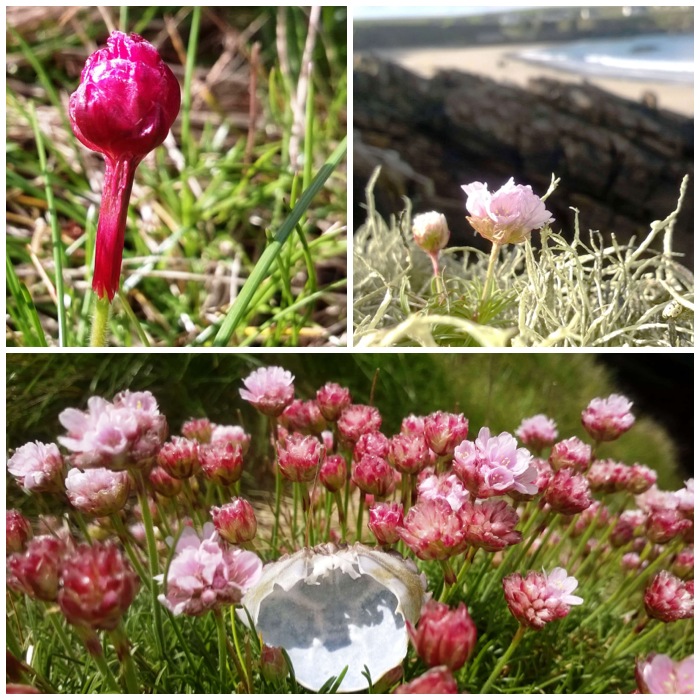
The three flowers below are very common on the island as well as much of the rest of the UK. We found the primroses on Lewis still in full bloom in May: they make for a good snack on the go, though I have read in Paul Kirtley’s blog that they can cause contact dermatitis in some people.
The hogweed stalk you can see in the bottom left is from last year’s growth and I can remember as a lad using the hollow stalks as pea shooters. I have seen people cook the young leaves and shoots but cannot recall trying any. I have, though, had the seeds in various stews over the years.
The final picture is of Wordsworth’s favourite flower – not the daffodil, but grianne (Gaelic for the Sun), known to him and most of us as lesser celandine. This is an edible plant if handled properly, highly toxic if not. It’s best to cook it well and only use the youngest of leaves. Again this is a plant that has good levels of vitamin C and is quite astringent, making it medicinally important. However the sap in its raw format is very corrosive and has been used to remove warts; there are stories in Scotland of beggars using the juice of the plant to create sores in order to gain more sympathy and money. A useful plant in the right hands, but dangerous in the wrong hands.

The island seems to be suffering an infestation of horsetail (top picture on either side of the nettle). This plant is a pain for gardeners but a bushcrafter’s friend. I have used horsetail as a pot scrubber many a time, it has a rough texture due to the high content of silica in it. The plant also makes an excellent natural sandpaper.
I spent a couple of days in the grounds of Lews Castle grounds in Stornoway and came across some useful trees there (the sheltered grounds are the only place on the island where there is a large concentration of deciduous trees). The leaf and flower in the bottom picture is from the whitebeam and it produces an excellent smooth wood ideal for tool handles and cogs before the widespread use of iron. My friend Phil Brown from Badger Bushcraft produces an excellent jelly from the tree’s fruit.
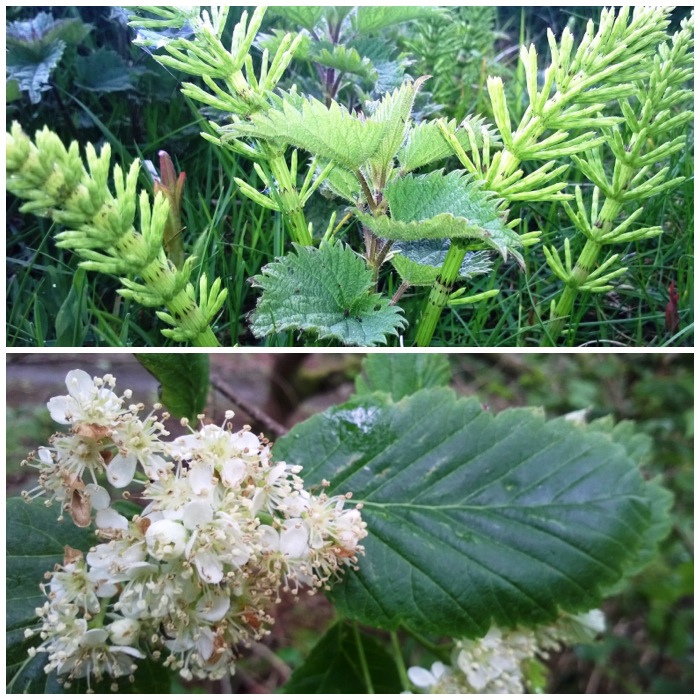
Two other useful trees I came across in the grounds were the wych elm (scotch elm) and what I think what was a white elm. Both are real bushcrafters’ friends as the inner bark makes a great cordage. The word wych is an Old English word meaning pliable and this pilability also extends into the wood as well; these trees make for really excellent bows. A good blog on this can also be found on the Badger Bushcraft site – Wych Elm or Scotch Elm Cordage From Dried Bark.
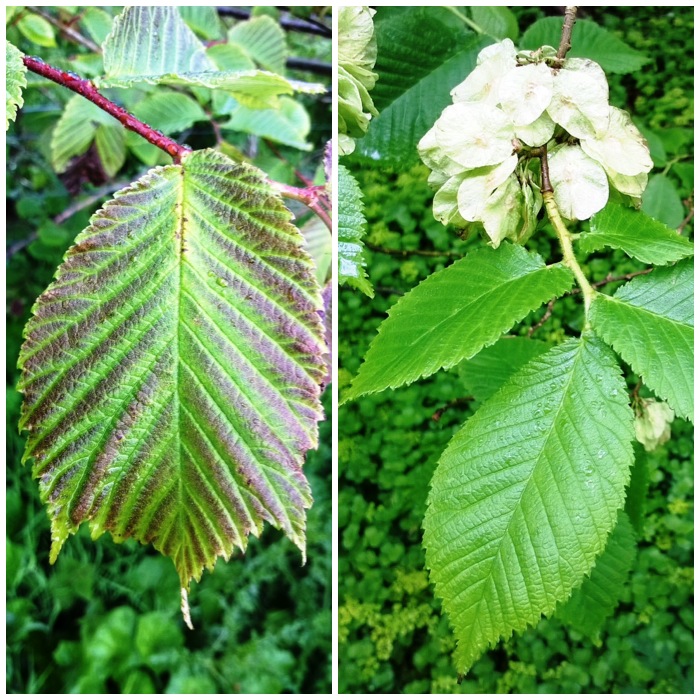
I was visiting my friend Fraser from Coastal Survival earlier in the year and he showed me how you can squeeze the juice out of the marsh horsetail (bottom left) and the combination of fluid and silica make for an excellent handwash (great for helping small cuts heal quickly as well).
On the right is a young silverweed plant. This is the plant that prior to the introduction of potatoes (and in times of the potato blights) was a staple food on the islands. This plant is known as Seachdamh Aran (the Seventh Bread). It was thought that a man could sustain himself for a year on a patch of silverweed the square of his own height. In North Uist, during the clearances, homeless folk were said to be living on shellfish and on bread made from dried silverweed roots. A good document on this can be found on the BBC website.
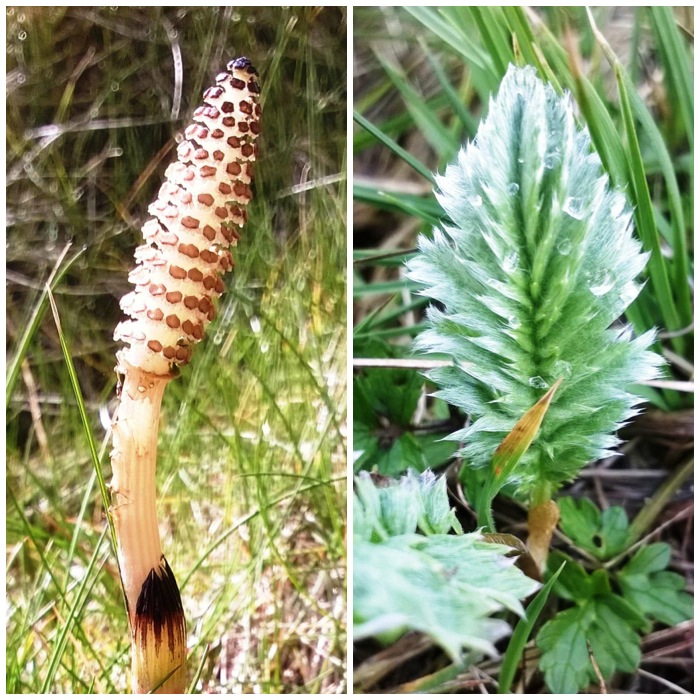
This is one of my favourite pictures was this one. I loved the waterfall and the shelf with the scurvy grass happily growing under it.

It was not until I was reviewing my holiday pictures that I realised that the majority of the plants I had photographed were so useful. I found out a lot about some of these books from my guide book – The Wildflowers of Britain and Ireland by Charles Coates.
It’s a stark reminder of a very different time, when these plants protected peasants against scurvy or starvation – worth remembering if you’re tempted to dismiss them as just ‘pretty flowers’.
Cheers
George
